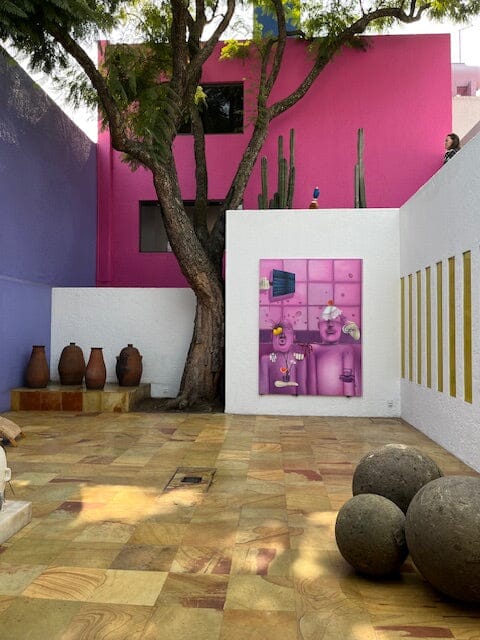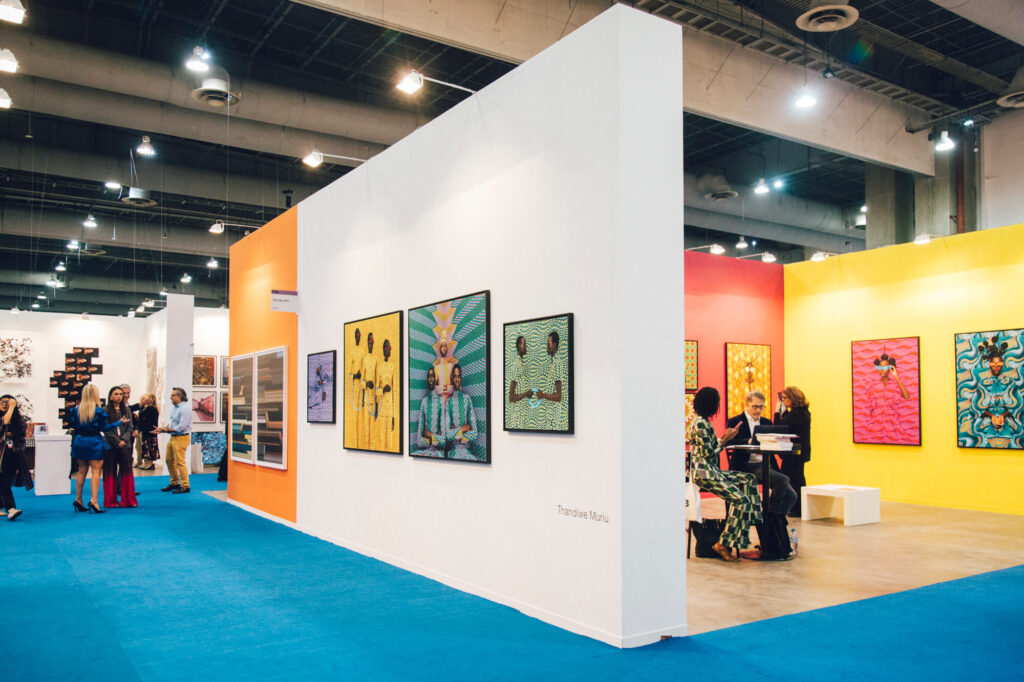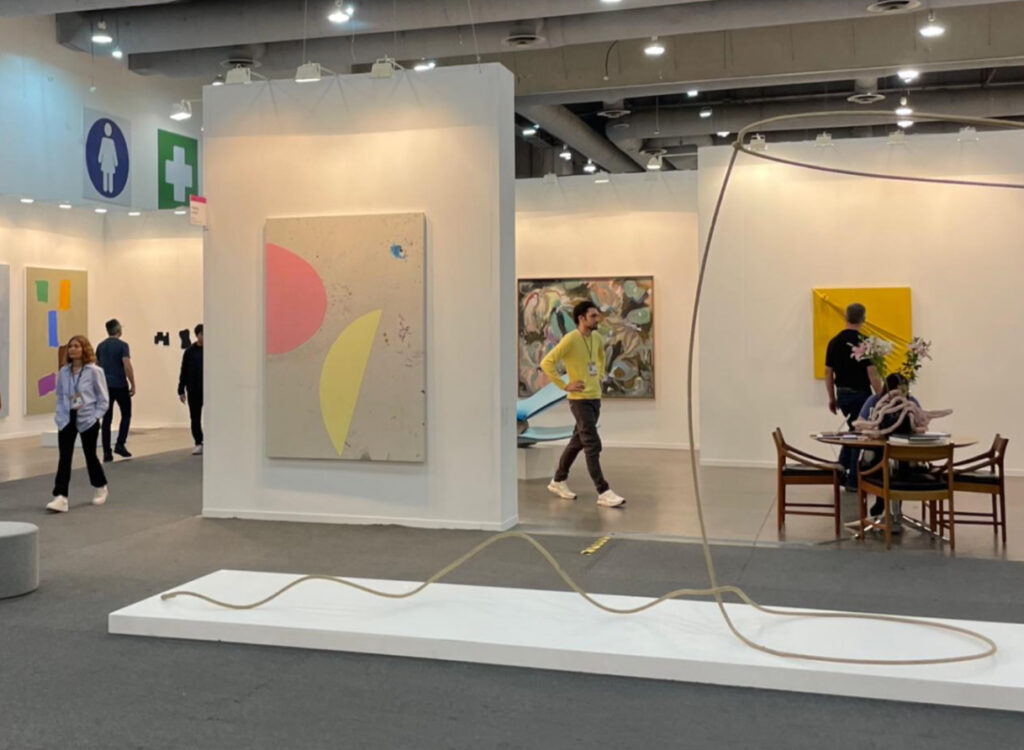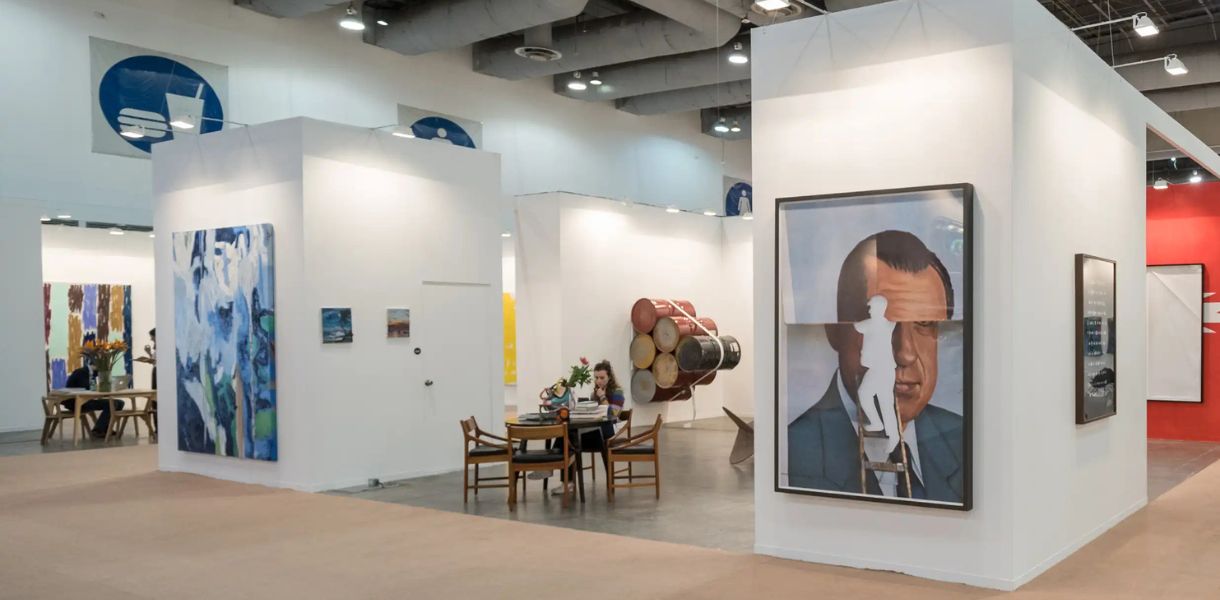I only recommend products or services that I believe will add value to my readers. By using these affiliate links, I’ll receive a commission if you purchase through my link, at no extra cost to you. Please read full disclosure here.
Have you ever considered how one art fair can reshape the cultural fabric of an entire city? Discover the captivating story of how Zonamaco transformed Mexico City into a beacon of international art significance.
In the year 2000, Mexico City was far from being the vibrant art hub it has become today. When the Micha brothers—Rafael, Moisés, and Jaime—teamed up with Carlos Couturier to unveil Hotel Habita, they were making a bold wager on untapped potential that had gone unnoticed by others.
During that time, the contemporary art scene thrived mostly in the underground, where artists such as Francis Alÿs and Gabriel Orozco were crafting pieces that had yet to gain global recognition. The Kurimanzutto gallery had recently opened its doors, still years from evolving into the powerhouse it is now.
Today, art enthusiasts flock to the San Miguel Chapultepec neighborhood every Thursday afternoon, embarking on their journeys to renowned galleries such as RGR, Labor, and Galería de Arte Mexicano. In the meantime, Museo Jumex, home to Latin America’s largest private contemporary art collection, proudly celebrates a remarkable 10-year anniversary under the visionary leadership of founder Eugenio López Alonso.

“At that time, Mexico wasn’t on anyone’s radar,” reflects Zélika García, the visionary behind Zonamaco, established two decades ago. What a remarkable transformation two decades can bring!
This month celebrates the 20th anniversary of Zonamaco, with the fair anticipated to attract more than 77,000 visitors, from experienced collectors to intrigued newcomers. As the premier art fair in Latin America, it has emerged as the central hub of Mexico City’s dynamic art scene.
The change has been truly extraordinary. International galleries hailing from Spain, Berlin, and London started showcasing their artists and curators at the fair, attracting collectors in droves. The momentum continues to build, as dealers such as Mariane Ibrahim, who characterized the local scene as “bursting,” unveil her third global outpost and first bookstore in the city in 2023.
This year’s fair promises an impressive display, featuring over 200 galleries from 25 countries. Attendees can explore a diverse range of contemporary art, design, photography, and antiques throughout the five-day event. The vibrant atmosphere is further enhanced by the concurrent 10th edition of Feria Material, another exciting contemporary art fair.

The Micha brothers and Couturier expanded their vision beyond a single hotel. Grupo Habita proudly operates 16 boutique hotels, each one a tribute to innovative architecture, unique interiors, and art that has been carefully curated.
The Michas embody a natural flair for hospitality, having been raised in an environment rich with the masterpieces of renowned artists such as Robert Rauschenberg, Roberto Matta, Diego Rivera, and Mathias Goeritz. Attention art lovers: during Zonamaco, the brothers occasionally provide exclusive tours of their family residence.
Every Grupo Habita property showcases distinctive design features, all tied together by their partnership with acclaimed international talent at each location.

“Over the last two decades, significant transformations have occurred, and art plays a pivotal role in this evolution,” observes Rafael Micha. “What started as a business hub has transformed into a sought-after leisure getaway.”
Proof surrounds us at every turn. Last fall, Soho House unveiled its inaugural Latin American location within a beautifully transformed 1909 mansion in Colonia Juárez—now a bustling hub of the city’s vibrant energy. The culinary landscape has flourished in tandem with the art scene, as establishments like Cana, Cicatriz, and Darosa transform the region into a haven for food enthusiasts.
A Haven for Creatives
Mexico City stands out for its remarkable accessibility for working artists. Rodman Primack, the former director of Design Miami and co-founder of design gallery AGO Projects, notes, “Young artists now have the opportunity to maintain a studio space and dedicate themselves fully to their craft, rather than juggling multiple jobs and squeezing in art whenever possible.”
This economic landscape has drawn in a fresh wave of creative talent, who arrive with curiosity and find themselves settling in for the long haul. Numerous individuals partner with local artisans to craft modern pieces that pay homage to traditional methods while exploring new frontiers.
Mauricio Paniagua and Tony Moxham from the ceramics studio MT Objects exemplify excellence in their craft. Since moving from Brooklyn in 2005, they have experienced the vibrant surge of creativity in the city up close. “When we relocated to this area, there were perhaps just three designers creating exciting work,” Moxham reflects. “Today, countless kids are achieving remarkable things.”
He highlights the city’s distinctive creative environment: “Here, it’s simple to produce quality and intricate work without breaking the bank, and there’s a genuine sense of support among people, free from the sarcasm or pressures found in other cities.”
The Creative Appeal of Mexico City
What contributes to Mexico City’s vibrant landscape of artistic innovation? A variety of elements converge:
- Cost-effective options: Studio spaces and production expenses are still within reach – Supportive community: A collaborative atmosphere prevails over competition – Cultural richness: A blend of ancient traditions and modern practices – Increasing global interest: Collectors and institutions are taking notice – Culinary and hospitality expansion: A full cultural experience is ready for visitors
As Mexico City transforms into a vibrant art destination, Zonamaco emerges as both a driving force and a mirror of this extraordinary change—shifting from a mere business center to a global creative capital where art, design, food, and hospitality converge in exciting and innovative ways.
Which other cities could potentially embrace this model of cultural revival? Time will reveal the outcome, yet Mexico City’s evolution from an underground scene to a global art hub provides essential insights for creative economies around the globe.










